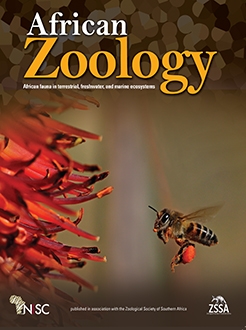Farmers in the northern, communally managed parts of the Succulent Karoo, an arid rangeland system in South Africa, historically used donkeys and horses for transport and ploughing. With increasing mechanisation, draught animal power has largely been replaced by machines. Yet, donkeys and horses have been maintained in the agricultural landscape in small feral and semi-feral herds. Research has shown that they compete directly with productive livestock (mostly sheep and goats) for forage resources, contributing little to the local economy. Local farmers identify the presence of feral donkeys and horses as one of the primary challenges in maintaining sustainable grazing regimes on their land. However, records of the number of animals roaming the rangelands are scarce and anecdotal. We therefore conducted a combination of aerial, ground, and social surveys to estimate the minimum population size and potential grazing impact of the donkey and horse population in two communally farmed sites in the Succulent Karoo. We show that, in the representative sites surveyed, there are at least 376 equines (274 donkeys and 102 horses), representing approximately the equivalent of 2 228 sheep and goats, and consuming ∼8% of the potential grazing available for productive livestock in these areas. This could represent a significant lost opportunity cost for local farmers in the region.
How to translate text using browser tools
1 December 2018
Minimum Population Size and Potential Impact of Feral and Semi-Feral Donkeys and Horses in an Arid Rangeland
Halcyone Muller,
Amanda Bourne
ACCESS THE FULL ARTICLE
<
Previous Article
|

African Zoology
Vol. 53 • No. 4
December 2018
Vol. 53 • No. 4
December 2018
biodiversity hotspot
competition
food resources
grazing impact
land management
livestock farming
Succulent Karoo





